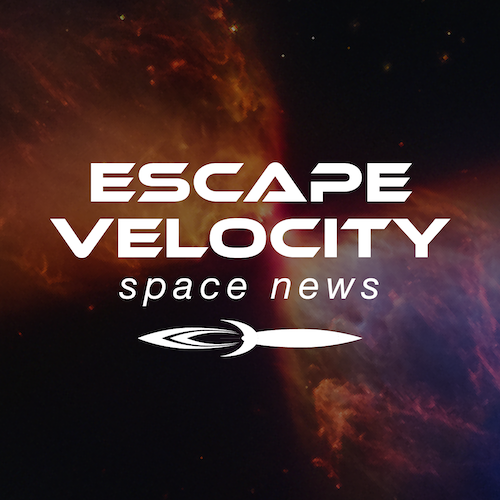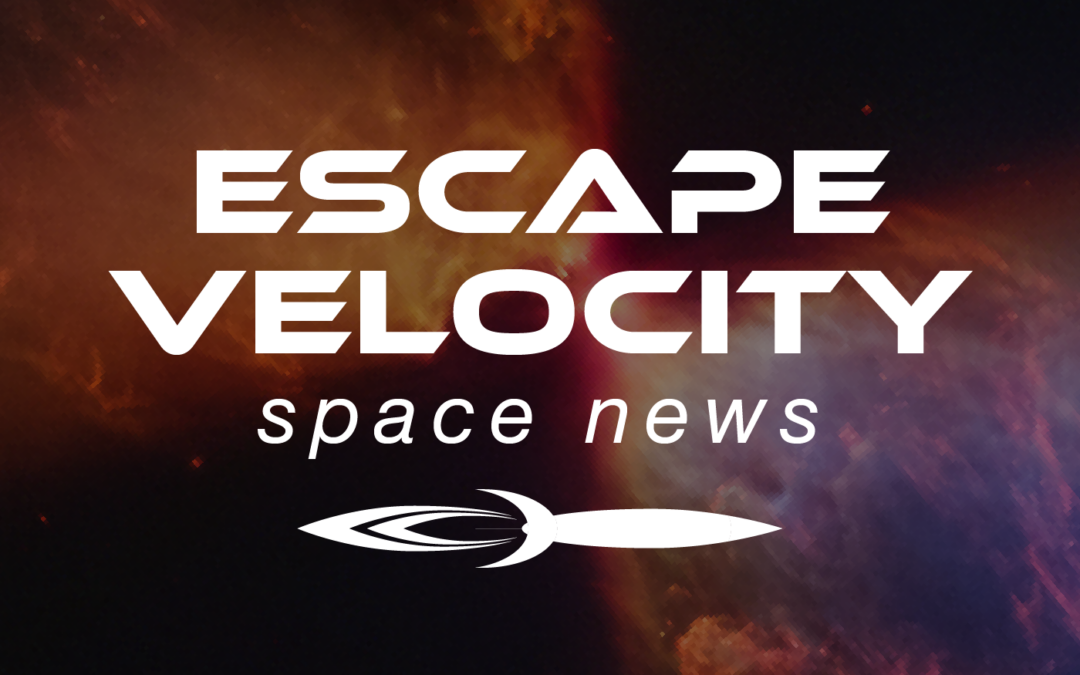This episode reminds you to look up, look out, and reflect on what we see around us. Stories cover a weird white dwarf that is doing things our Sun may do billions of years from now, how satellite images can now be used to measure river flows here and on Mars, and Titan, as well as the emerging field of planetary geoarcheology. And also climate change. Buckle up, the news isn’t good.




